Transcription of ROOT CAUSE ANALYSIS - Clark County School …
1 root CAUSE ANALYSIS Access School Improvement tools on the website by going to: > Directory > Assessment, Accountability, Research, and School Improvement > on the side click on School Improvement > Templates and Resources >2012 CCSD School Improvement Template. Assessment, Accountability, Research, and School Improvement1 of 31 Contents Learning Outcomes .. 3 3 School Improvement Planning Process Map .. 4 Data Trends/ Checklist .. 5 Developing Trend Statements (Example and Blank Template) .. 6-7 Quality Criteria .. 8-9 root CAUSE ANALYSIS : Background .. 10-13 Levels of root CAUSE .
2 14 root CAUSE : Identification Circle Map Example .. 15 When is a CAUSE a root CAUSE ? .. 16 Criteria for Narrowing Explanations .. 17 root CAUSE ANALYSIS .. 18 Why .. Because Activity .. 19 Validate root causes .. 20-21 Terminology .. 22-24 root CAUSE ANALYSIS : Toolbox .. 25-31 Assessment, Accountability, Research, and School Improvement2 of 31 Learning Outcomes Identify concerns from performance trends Create Circle Map from site data (listing all possible explanations) Categorize/Sort causes based on the four levels of root CAUSE ANALYSIS Questions/Clarify Is this really a CAUSE ?
3 Narrow explanations Because Process Validation of root causes Inquiry and SIP Template Assessment, Accountability, Research, and School Improvement3 of 31 School Improvement Planning Process Map Assessment, Accountability, Research, and School Improvement4 of 31 Data Trends/Checklist Review written trends: Content area from School performance Framework (SPF) and data support from Green & Whites, 3 Year Trend Report, or site-based data Identify measures/metrics Which students (grade and disaggregated group) Direction of trend (increasing, decreasing, or stable) Amount of increase, decrease, etc.
4 Time period (at least 3 years) performance indicator: Academic Growth & Academic Achievement Completed Data Trends: Use Quality Criteria to evaluate performance trends (pg. 8) Indicate that your team is ready for a facilitator to provide feedback about your positive and negative performance trends Data Trends in Progress: Finalize Data ANALYSIS Use performance Data Inventory (pg. 6-7) to write positive/negative trend statements Identify 2-4 priority concerns Assessment, Accountability, Research, and School Improvement5 of 31 Assessment, Accountability, Research, and School Improvement6 of 31 Assessment, Accountability, Research, and School Improvement7 of 31 QUALITY CRITERIA plan Element (definition) Criteria performance Trends Description of trends for every performance indicator, identified based on ANALYSIS of three years of data.
5 Makes explicit to which performance indicator/sub-indicator the trend applies, and the direction of the trend ( , strengths and challenges). Specifies performance indicator areas where the School failed to meet district (academic achievement, academic growth, academic growth gaps, post-secondary/workforce readiness), state/federal (AYP targets), or School performance expectations. Includes ANALYSIS of data at a more detailed level than that presented in the SPF report, for example, patterns over time: o for cohorts of students (3rd grade in one year, 4th grade in the next year, 5th grade in the third year); o within a grade level (per content area, disaggregated group); o within a disaggregated group of students; and/or o within a content strand ( number sense in mathematics).
6 Includes ANALYSIS of relevant local performance data. To the degree that data are available, includes ANALYSIS of the performance of all students in the School ( , pre-K-2), and includes performance in subjects not tested by the state. Priority Concerns ( performance challenges) Specific statements about the School s performance challenges (not statements about budgeting, staffing, curriculum, instruction, etc.), with at least one priority identified for each performance indicator where the School did not meet federal, state and/or local expectations. Identifies at least one priority concern ( performance challenge) for every indicator (achievement, growth, growth gaps, post- secondary/workforce readiness) for which minimum expectations were not at least met.
7 Specifies priority disaggregated groups. Required for Title I AYP targets or safe-harbor targets; recommended for all others. Identifies priority performance challenges based on ANALYSIS of performance trends. Specifies needs at a more detailed level than that presented in the SPF report, for example: o for cohorts of students (3rd grade in one year, 4th grade in the next year, 5th grade in the third year); o within a grade level over time ( consistently not meeting expectations in 4th grade mathematics for three years); o within a disaggregated group of students; and/or o within a content strand ( number sense in mathematics).
8 Priority concerns describe the strategic focus for the School considering every sub-indicator for which the School did not meet expectations. Priority concerns do not need to be identified for every sub-indicator ( , math achievement, ELL student growth in reading) for which the School did not meet expectations. Assessment, Accountability, Research, and School Improvement8 of 31 plan Element (definition) Criteria root causes Statements describing the deepest underlying CAUSE , or causes , of performance challenges, that, if dissolved, would result in elimination, or substantial reduction, of the performance challenge(s).
9 Identifies one root CAUSE for each priority performance concern (the same root CAUSE could apply to multiple priority performance challenges, and should be listed next to each priority performance challenge to which it applies). Specifies causes the School can control ( , the School does not provide additional support/interventions for students performing at the unsatisfactory level) rather than describing characteristics of students ( , race, poverty, student motivation). Reflects ANALYSIS of multiple types of data (in addition to performance data and including local data sources) in the identification of root causes .
10 For schools with performance that does not meet expectations on a large number, or all of the performance indicators/sub-indicators, explicitly considers broad, systemic root causes . Priority Concern Examples For the past three years, English language learners (making up 60% of the student population) have had median growth percentiles below 30 in both content areas. The percent of fifth grade students scoring proficient or better in mathematics has declined from 45% three years ago, to 38% two years ago, to 33% in the most recent School year. For the past three years, the median growth percentiles in grades 4 through 6 in reading have been 39 or below, which is less than the minimum District expectation of 46.




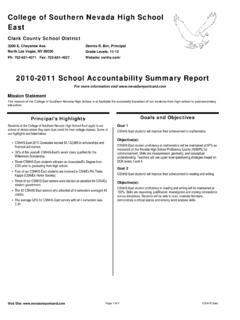
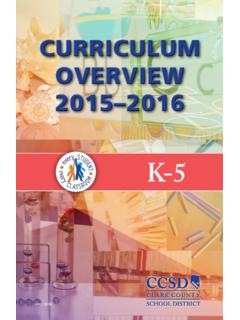

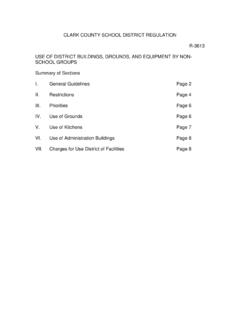
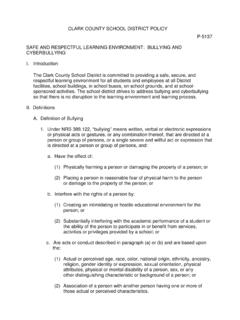


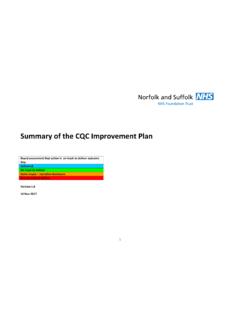

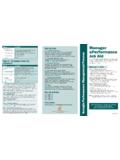
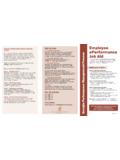

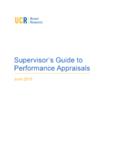
![Writing Your QAPI Plan [Read-Only] - LeadingAge …](/cache/preview/b/9/9/8/2/3/f/a/thumb-b99823fa2ae9636b8ed3230c56f78051.jpg)
